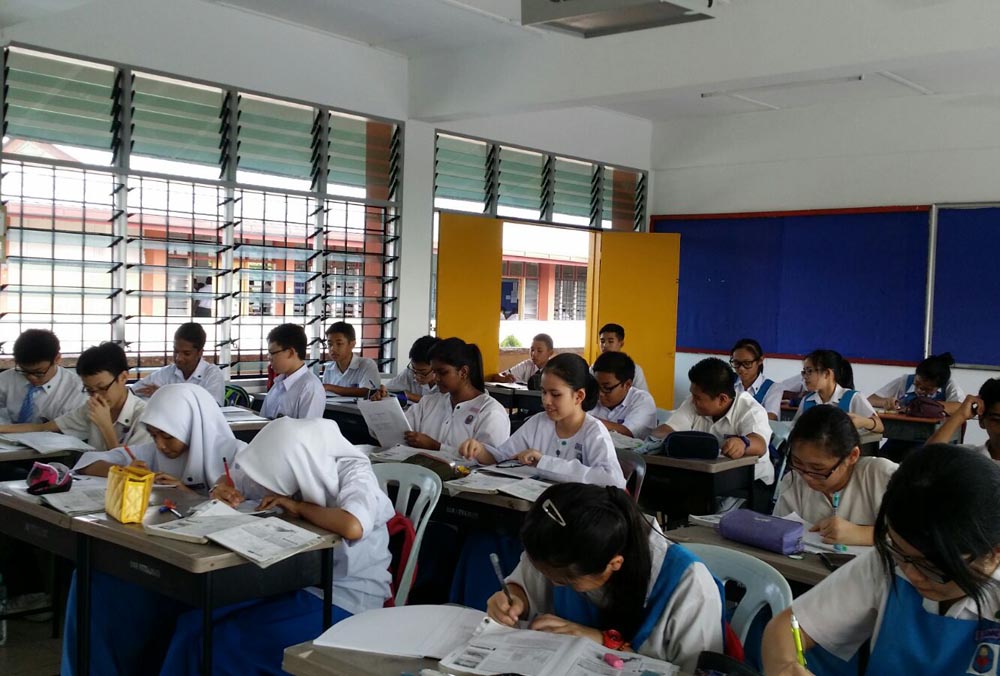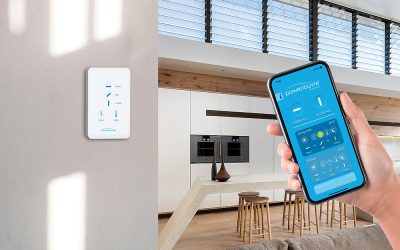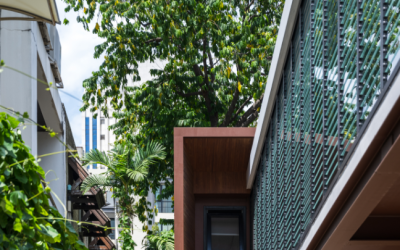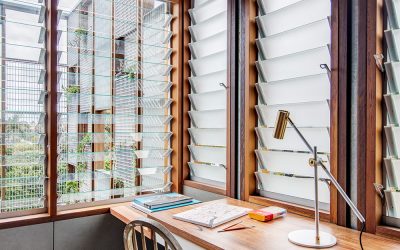Louvre windows in schools can improve your child’s learning! We all want the best for our children. We want them to do well in their studies, remain in good health, be friendly and have good manners.
While I haven’t seen any scientific studies recently about how to improve their manners or be more friendly, there are many scientific studies showing that it is possible to improve their performance at school and reduce the frequency that they get sick by simply opening up windows to let in more fresh air.
Studies Showing Improved Learning Outcomes
A study in 2006 showed that children in classrooms with higher outdoor air ventilation rates tend to achieve higher scores on standardised tests in math and reading than children in poorly ventilated classrooms.1
Controlled studies published in 1999 and 2000 showed that children perform school work with greater speed as ventilation rates increase. The performance of adults, including teachers and school staff, were also shown to improve with higher ventilation rates.2
A 2005 study of 10-year-old school children showed that increasing ventilation rates could improve the children’s performance in tasks representing eight different aspects of schoolwork, from reading to mathematics.3
A study in eight English primary schools of over 200 pupils showed significantly faster and more accurate standardised test responses (by up to 15%) when classrooms had high ventilation rates compared with low ventilation conditions.4
An international review found that green schools and universities deliver up to 15% improvements in student learning and productivity, and up to 25% improvements on test scores from good lighting and ventilation.5
Studies Showing Improved Health
A German study of multiple buildings identified a 33% reduction in reported headaches and a 28% reduction in reported frequency of head colds in naturally ventilated office buildings as compared to air conditioned office buildings.6
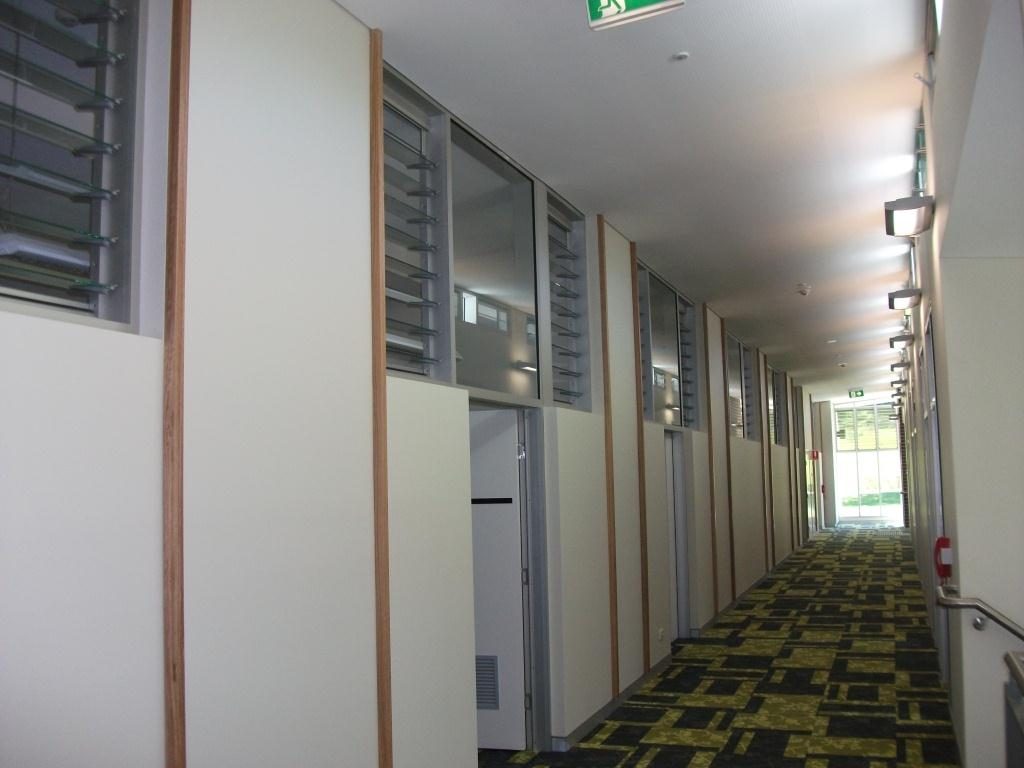
(Nursing Building at a University in Australia is featured above. See more of the project here)
In a study in a hot and humid climate, researchers found that students attending naturally-ventilated child care centres had lower levels of asthma symptoms and allergies than those in air-conditioned child care centres.7
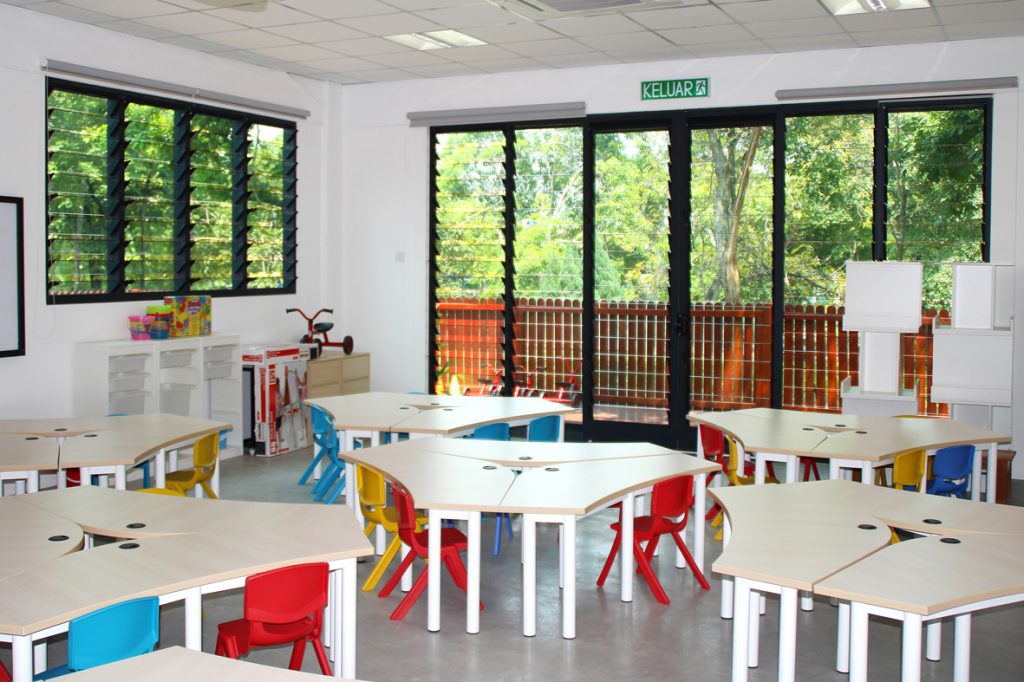
(Little Gems International School in Malaysia is featured above. See more of the project here)
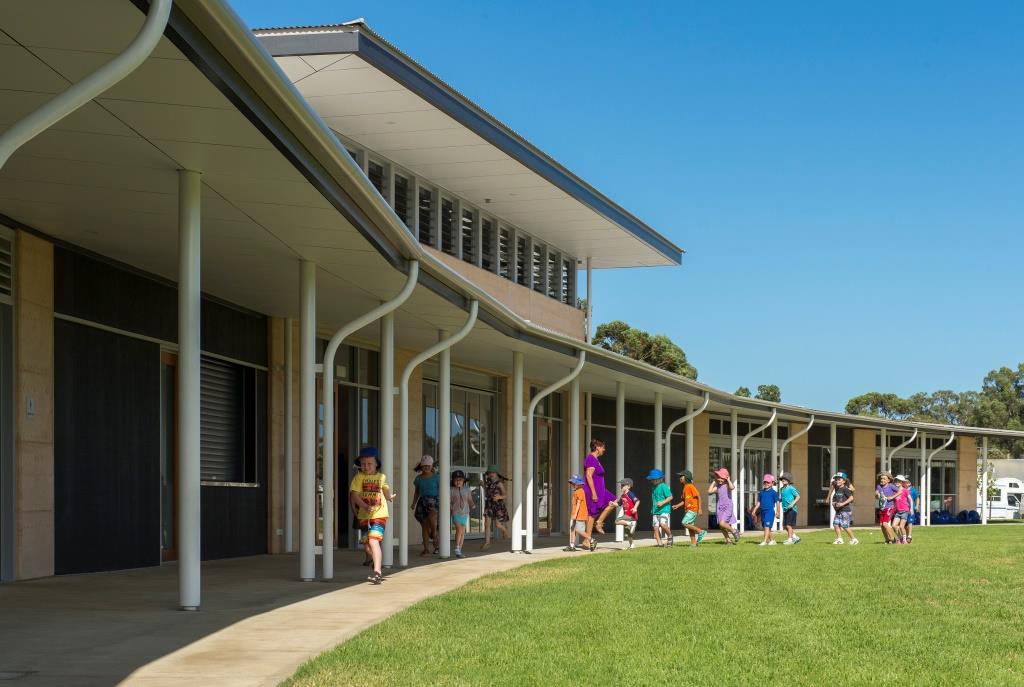
(Mother Teresa College from Australia is featured above. See more of this project on the Australian website here)
A case study of office workers moved from a building with sealed windows and mechanical ventilation to a building with operable windows and natural ventilation identified a 71% reduction in absenteeism.8
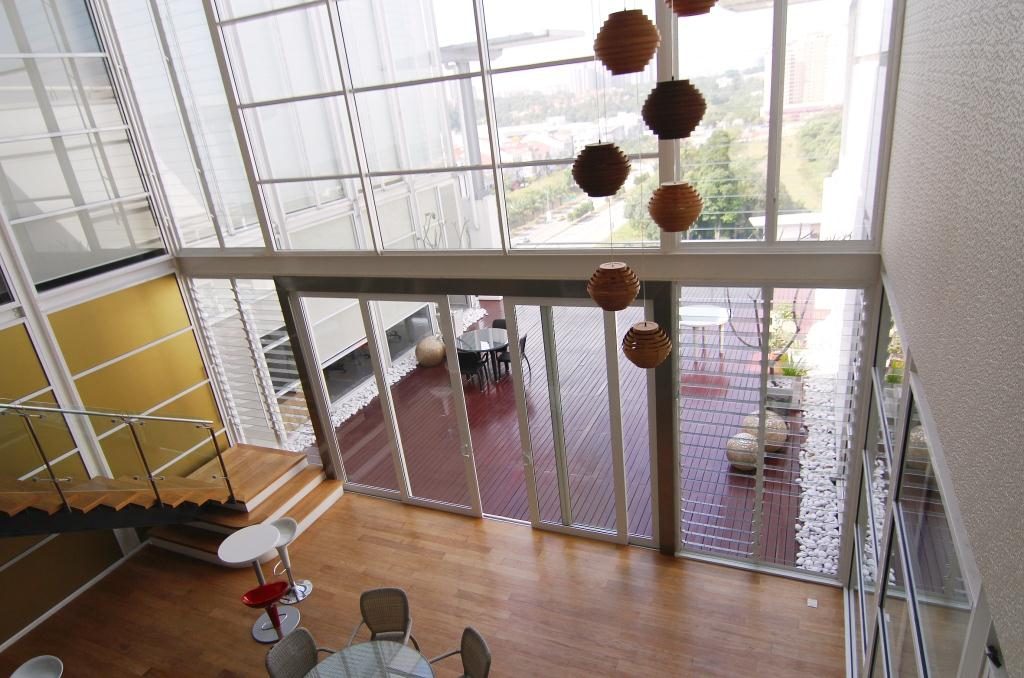
(Sunsuria Corporate Headquarters in Malaysia is featured above. See more of this project here)
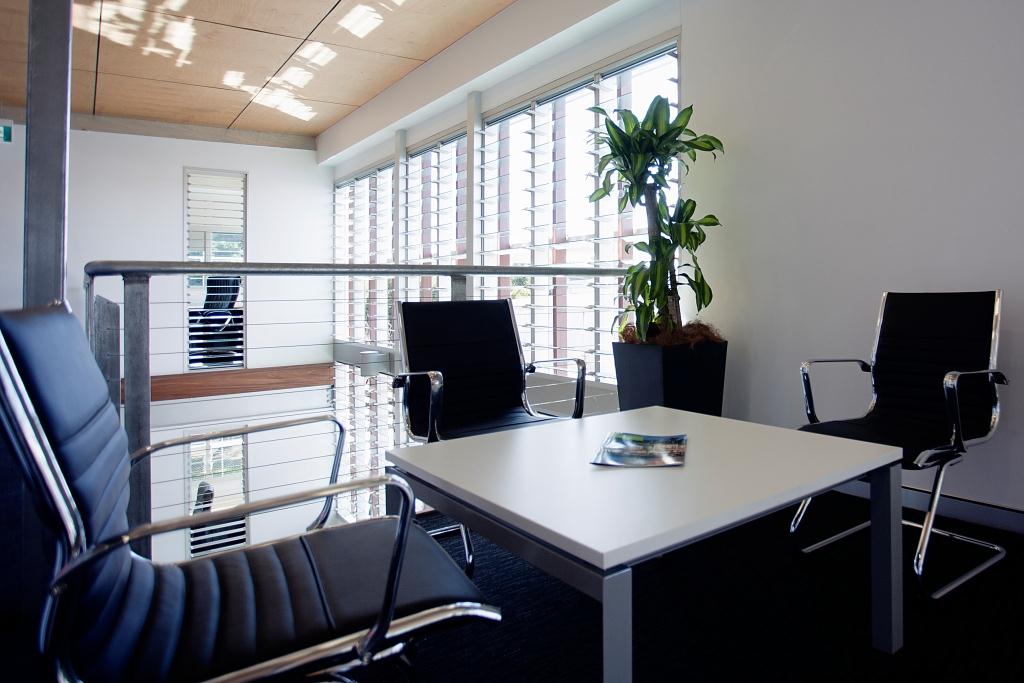
(The Breezway Head Office is featured above. See more of this project here)
A study across 434 classrooms from 22 schools showing that carbon dioxide levels (an indicator of ventilation rates) 1,000 parts per million above the outdoor concentrations of carbon dioxide was associated with 10 to 20 percent increases in student absences.9

(The Lanai High & Elementary School from Hawaii is featured above. See more of this project here)
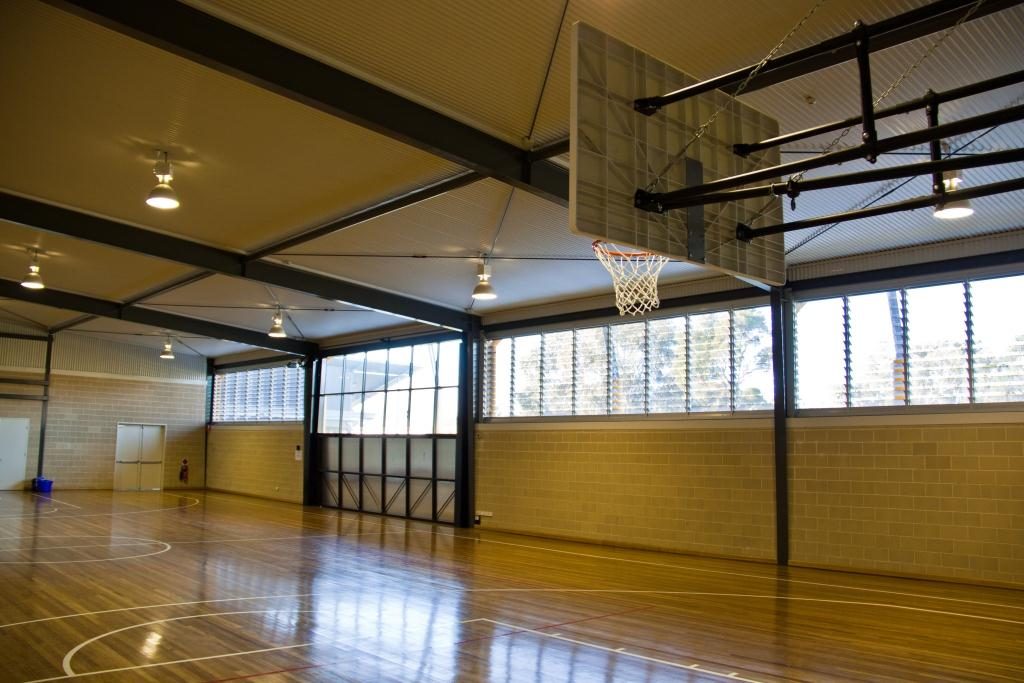
(St Paul’s Grammar School from Australia is featured above. See more of this project on the Australian website here)
Maximise These Benefits with Altair Louvre Windows
Unlike most other window types, Altair Louvre Windows deliver ventilation through the entire window area, so they maximise the rate at which fresh, outside air can be allowed into your child’s classroom. This high ventilation rate is also part of the reason why they’re incredibly energy efficient. Read more about the ventilation and energy efficiency of Altair Louvre Windows here.
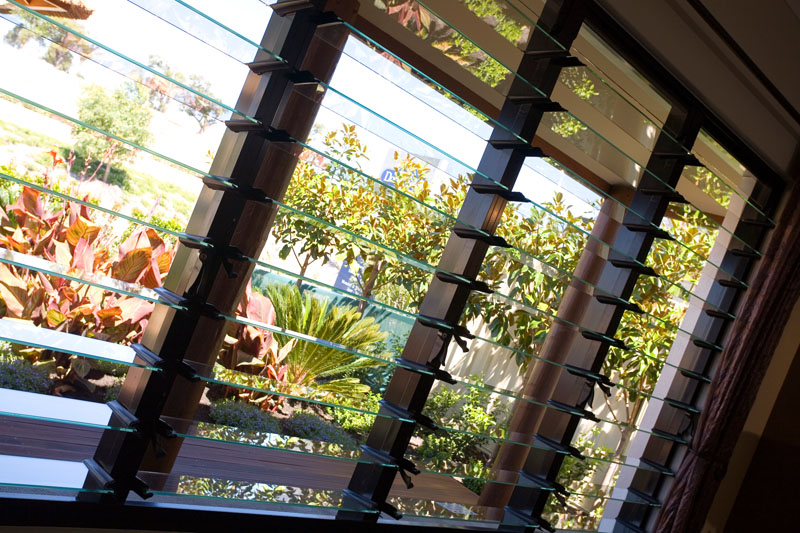
Built Tough
With all the busyness and activity in schools it’s important to know that Altair Louvre Windows are constructed entirely from non-corrosive materials like aluminium, stainless steel and industrial strength plastics. Other optional features popular in schools are screens and security bars to keep schools safe from bugs or intruders. Read more here.
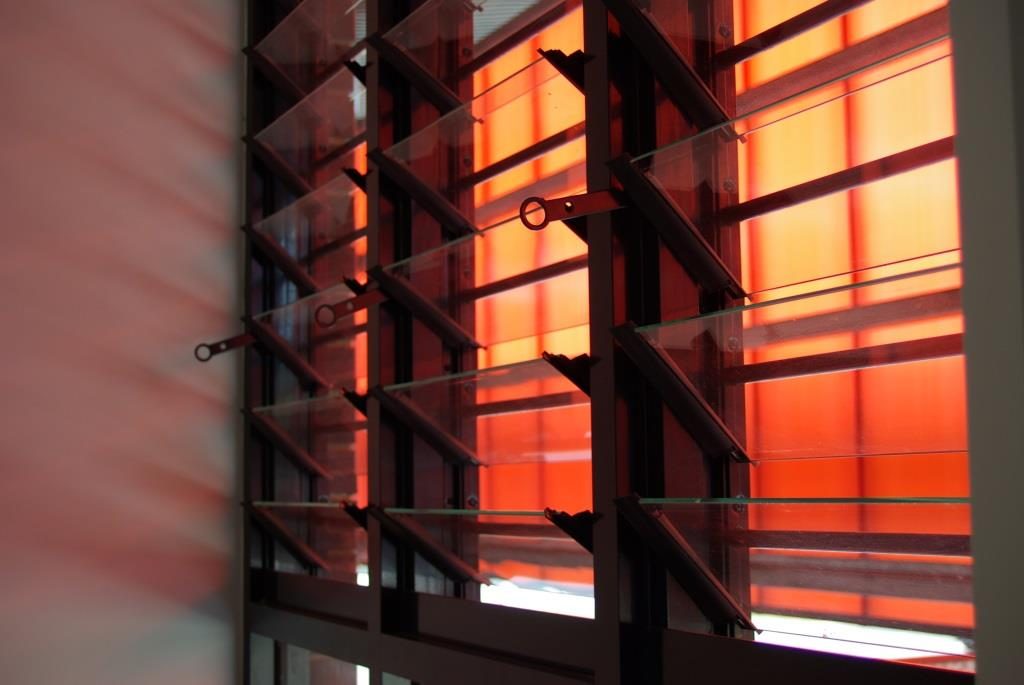
References:
1. Shaughnessy, R., U. Shaughnessy, et al. 2006. “A preliminary study on the association between ventilation rates in classrooms and student performance.” Indoor Air 16(6):465-468.
2. Wargocki, P., D.P. Wyon, et al. 1999. “Perceived air quality, SBS-symptoms and productivity in an office at two pollution loads.” Proceedings, Indoor Air ’99: The 8th International Conference on Indoor Air Quality and Climate. Edinburg, Scotland.2:131-136.
Wargocki, P., D.P. Wyon, et al. 2000. “The effects of outdoor air supply rate in an office on perceived air quality, sick building syndrome (SBS) symptoms and productivity.” Indoor Air 10(4):222-236.
3. Wargocki P, Wyon DP, Matysiak B and Irgens S 2005. The effects of classroom air temperature and outdoor air supply rate on the performance of school work by children. Proceedings of Indoor Air 2005. Beijing, China: Tsinghua University Press.
4. Bako-Biro ZS, Clements-Croome DJ, Kochhar N, Awbi HB and Williams MJ 2011. Ventilation rates in schools and pupils’ performance. Building and Environment 48 (2011) 1-9.
5. http://www.gbca.org.au/resources/greening-your-school/why-green-our-schools/a-healthy-and-productive-place-to-learn/2152.htm
6. Kroeling, P. (1998). Health and well-being disorders in air conditioned buildings; comparative investigations of the “building illness” syndrome. Energy and Buildings, 11(1-3): 277-282.
7. Zuraimi, M.S., Tham, K. W., Chew, F.T., & Ooi, P.L. (2007). The effect of ventilation strategies of child care centres on indoor air quality and respiratory health of children in Singapore. Indoor Air, 17(4), 317-327.
8. Sterling, E. and Sterling, T. (1983) The Impact Of Different Ventilation Levels and Fluorescent Lighting Types on Building Illness: an Experimental Study. Canadian Journal of Public Health, Vol 74, Nov/Dec 1983.
9. Shendell DG, Prill R, Fisk WJ, Apte MG, Blake O and Faulkner D 2004b. Associations between classrooms’ CO2 concentrations and student attendance in Washington and Idaho. Indoor Air 14:333-341.

